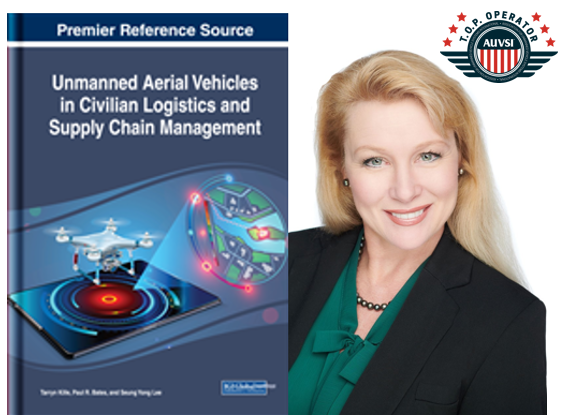DOI: 10.4018/978-1-5225-7900-7.ch009
ABSTRACT
The notion of using drones for commercial purposes has evolved in the past 5 years
from the initial “boom” of excitement around this, somewhat of a novelty and
curiosity, to more calculated and sophisticated use of unmanned aircraft systems
(UAS), or drones. In the hands of true professionals, drones can offer highly efficient
and profitable solutions for industrial, and commercial inspections and other data-capturing tasks. The appetite for safe and efficient collection of data is a changing
face of safety cultures and how teams and individuals apply airmanship principles,
and how the inspection crew and UAS crew interact. UAS are no longer viewed as a novelty
or useful addition to the inspectors’ “toolbox,” but as an integrated part of a safety-critical system. While there is much to be learned from traditional manned aviation,
UAS pilots are confronted with different task priorities in order to effectively “aviate,”
and therefore, like the changing face of airmanship and safety culture, to “aviate”
emerges as having different attributes when compared to manned aviation.
Lamb, T. (2019).
In Unmanned Aerial Vehicles in Civilian Logistics and Supply Chain Management (pp. 243-265). IGI Global.

